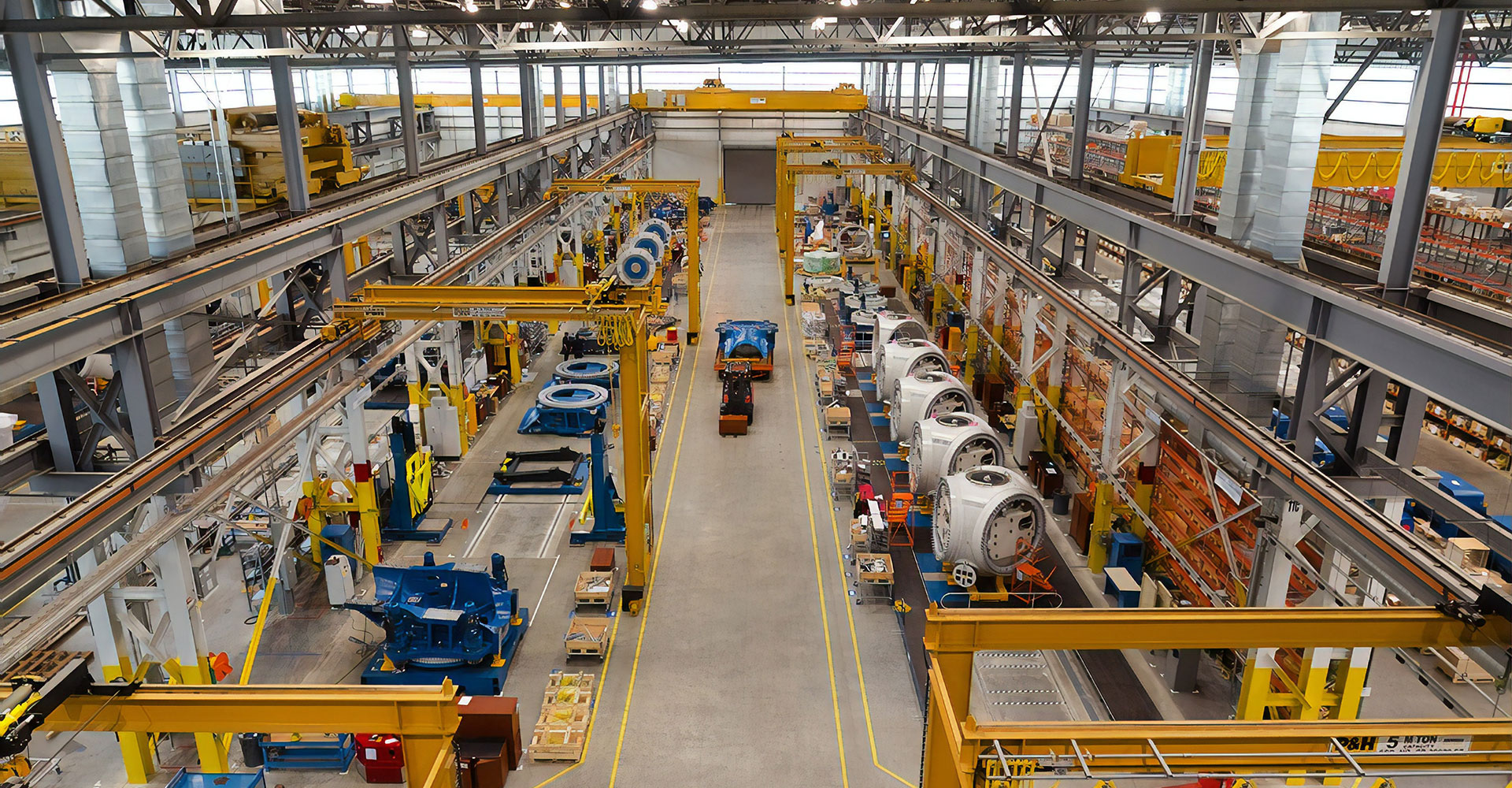Throughout history, human civilization has adapted to climate shifts. But the crisis we face today poses unique challenges. The speed of modern climate change has outpaced anything in the past, leaving less time to pivot and adjust.
Extensive infrastructure and economic systems developed under the assumption of a stable climate have become vulnerable. Agriculture, manufacturing, supply chains and urban planning have relied on historical norms that climate change disrupts. And with interdependent global systems, local climate impacts reverberate worldwide.
Unlike our ancestors, we can’t simply migrate away from affected areas. We must overhaul entrenched systems to adapt and mitigate further change — something that requires rapidly transitioning to a model not predicated on a stable climate.
Decarbonization, renewable energy and regenerative practices can make human systems resilient against climate chaos, but actions must be swift and sweeping. Our advanced technology gives us the tools our ancestors lacked if used wisely.
The commercial real estate industry can play a significant role in climate change mitigation. The trick is resisting the urge to become paralyzed by seeking perfection. Small steps accumulate to create substantial progress, and that should be the goal. For example, simple urban innovations like green spaces or reflective roofs cool cities cost-effectively and improve quality of life. Renewable energy and behavioral changes like reduced consumption carry multiple benefits beyond emission cuts, with minimal risks of unintended consequences.
Perfection isn’t possible, so let’s begin imperfectly. For those associated with the CRE industry, diligence and wisdom can nurture resilience. We have the agency to shape our collective response to climate change for the better — one step at a time. We simply need the will to start walking.
Key Contributions CRE Can Make
According to the World Green Building Council, the global building sector contributes about 39% of energy-related CO2 emissions, leaving plenty of room for improvement. Keep reading to learn more.
Green building design and retrofits
The real estate industry can spearhead sustainability through thoughtful design and construction. CRE developers can construct new buildings or retrofit existing ones to be more energy-efficient through better insulation, LED lighting, energy-efficient HVAC systems and renewable energy sources.
Using recycled and low-carbon building materials and pursuing green certifications demonstrate energy-efficient, climate-friendly practices. Sourcing materials locally reduces transport emissions. Wood from responsibly managed forests can replace more carbon-intensive materials like concrete and steel. Reusing existing building materials also avoids new production emissions.
Other innovations include upgrades for water conservation, passive house/building standards and the integration of solar PV or geothermal heating and cooling. Installing on-site renewable energy systems like solar panels or wind turbines allows buildings to generate their own clean power and reduce reliance on the fossil fuel-based grid. Some CRE developers are also procuring off-site renewable energy through virtual power purchase agreements.
Sustainability requires looking beyond the buildings themselves. Developments should integrate green features, connecting tenants with nature and mitigating environmental impacts. Urban forestry initiatives that plant trees reduce heat island effects and create healthier living and work spaces. Preserving wetlands and wildlife habitats promotes biodiversity and resilience.
Ultimately, the built environment shapes how communities work, live and play. Real estate developers who embrace holistic ecological planning — not just efficient buildings — can model sustainability for other industries. These developers hold the influence to transform neighborhoods into thriving ecosystems where economic needs align with ecological requirements.
Support the Adoption of Electric Vehicles (EV)
EV car sales are projected to comprise nearly 30% of all new car sales (4.7 million cars) by 2030 — a significant increase from the 3.4% of sales (or about 500K) in 2021. Decreasing battery costs and expanding EV ranges are making these cars more affordable and practical for mainstream consumers. Many automakers expect to transition to all or nearly all EV manufacturing within 12 years. GM, for example, plans to phase out its gas- and diesel-powered vehicles by 2035.
Installing EV charging infrastructure in commercial buildings and parking facilities will help support EV adoption and accommodate tenants, customers and employees. Building owners, managers and investors can also:
- Provide designated premier parking spots for EVs with charging access as an extra incentive for tenants.
- Support EV-ready building codes requiring wiring and infrastructure for future charging installation in new construction — and retrofit existing buildings to be EV-ready.
- Partner with utility companies to offer special EV electricity rates and charging programs to tenants to lower operating costs.
- Include EV charging access and amenities in lease agreements and marketing materials to attract eco-conscious tenants.
- Advocate for local, state and federal policies and programs that expand public EV infrastructure and make EVs more affordable.
- Replace traditional gas-powered maintenance vehicles and fleets with EVs to reduce emissions.
- Conduct tenant surveys to gauge EV demand and tailor charging solutions accordingly across different property types.
Waste Management
Constructing more durable buildings, implementing effective waste management/recycling programs and equipping tenants with composting facilities allows the CRE industry to minimize waste bound for landfills and associated methane emissions. Other strategies for waste reduction and management include:
- Installing multi-stream recycling stations to increase diversion rates; consider centralizing waste collection to leverage economies of scale, allowing specialized waste diversion like composting or hard-to-recycle materials.
- Planning space efficiently to avoid overbuilding and wasting materials. Champion repurposing buildings — when possible, appropriate and cost-effective — through renovations and build-outs vs. new construction.
- Using modular design with standardized components for simplified maintenance, repair and replacement in lieu of discarding.
- Providing maintenance training and resources to extend building system and component lifespans.
- Equipping properties with water bottle refill stations to encourage tenants and visitors to use reusable containers and cut down on single-use plastics.
- Installing sensors, meters and submeters to closely monitor energy, water and waste generation, using data to optimize systems and identify areas for improvement.
Other Ways to Get Involved
The strategies suggested above are just a few ways people involved in the real estate industry — from builders and interior designers to architects and investors — can contribute to climate change mitigation.
Brokers and insurers can conduct climate risk assessments, evaluate and disclose exposure to climate hazards like flooding, heat waves, and rising sea levels — depending on geography — and help potential buyers develop appropriate adaptation plans. Building operators can implement environmentally conscious property management, supply chain practices and tenant engagement programs.
Everyone can advocate for policies and regulations promoting decarbonization, climate resilience, sustainable land use and green building standards. With its scale and growth potential, the real estate sector is well-positioned to drive innovation and substantial emissions reductions through climate-smart development and investment.
Are you a commercial real estate investor or looking for a specific property to meet your company’s needs? We invite you to talk to the professionals at CREA United: an organization of CRE professionals from 92 firms representing all disciplines within the CRE industry, from brokers to subcontractors, financial services to security systems, interior designers to architects, movers to IT, and more.

